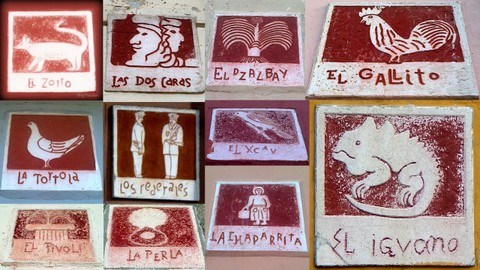By Didier Ucán//
I like to think that we all have a story to tell, stories made in the world. It was on January 6, 1542 that the city of Mérida, Yucatán, began to have its own history.
From the controversial moniker of “White City” to the existence of its neighborhoods and its multiple churches, the city never stops telling us its stories. It is not perfect, no city is, but it carries with it these stories that deserve to remain in collective thought.
The streets of the city have seen innumerable businesses and buildings disappear, but they have remained as irrefutable proof of time, standing there waiting, listening silently for a new, or old, story to tell.
On its street corners, small plates with drawings rest on the stone walls. These plates were installed during the administration of the then mayor Herbé Rodríguez Abraham.
The origin of these names has been evolved over time and can be dated to colonial Merida, when the illiteracy rate was great and people had no choice but to guide themselves through references taken from stores, objects or events that occurred in those streets. However, in the city of the nineteenth century and early twentieth century this would still be a way for Meridanos to locate themselves.
Thus, little by little and as the city grew, the corner of the “Gallito”, the “Great Struggle”, the “Dzalbay”, the “Elephant” and many more were born. Each of them carries a story; some are simple and others more elaborate.
Among the 659 street corners of the historic center, three particular stories emerge that show the passing of Merida between times: A love affair between a barber, a lady and a former governor. The nostalgic memories of a Korean in a bar. And the fantastic story of two nuns and their parrot. These stories will appear periodically in Punto Medio and MID-POINT.
A small tribute to my beloved Merida.
–Didier Ucan










